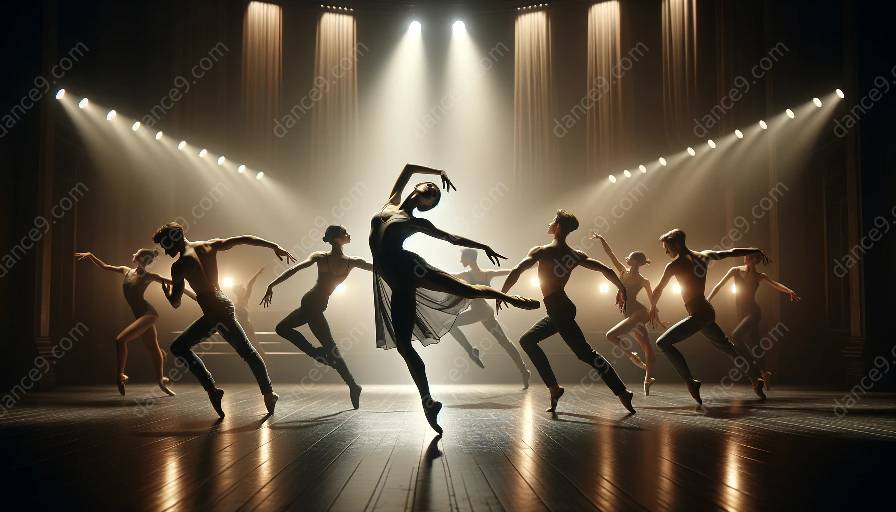Contemporary dance is a dynamic and innovative art form that has been gaining popularity in dance classes around the world. It is characterized by its fluidity, creativity, and the freedom of self-expression it offers to dancers. In this article, we will explore the key principles of contemporary dance, including the techniques, philosophies, and influences that shape this unique style.
1. Freedom of Movement
One of the fundamental principles of contemporary dance is the emphasis on freedom of movement. Unlike traditional dance forms, contemporary dance encourages dancers to explore a wide range of movements, from fluid and organic to sharp and angular, allowing for a more expressive and individualistic style.
2. Creativity and Innovation
Contemporary dance values creativity and innovation, as dancers are encouraged to experiment with new ideas, movements, and choreographic techniques. This emphasis on creativity allows for a constantly evolving art form that is open to new interpretations and expressions.
3. Fluidity and Dynamics
The fluidity and dynamics of movement are essential components of contemporary dance. Dancers are trained to move seamlessly through space, exploring the full range of motion and dynamics to create visually captivating performances that engage audiences on an emotional and sensory level.
4. Self-Expression and Individualism
Contemporary dance celebrates the freedom of self-expression and individualism, allowing dancers to convey their emotions, experiences, and narratives through movement. This principle encourages dancers to bring their authentic selves to their performances, creating deeply personal and meaningful dance experiences.
5. Fusion of Techniques
Contemporary dance draws from a wide range of dance styles and techniques, including ballet, modern dance, jazz, and various cultural dance forms. This fusion of techniques allows for a versatile and dynamic movement vocabulary, enriching the diversity and creativity within contemporary dance choreography.
6. Collaboration and Community
Collaboration and community are integral principles of contemporary dance, as dancers often work together to create and perform choreography. This collaborative approach fosters a sense of unity, support, and shared creativity among dancers, contributing to the vibrant and inclusive community of contemporary dance.
7. Embracing Change and Evolution
Contemporary dance is constantly evolving, embracing change and innovation in response to cultural, social, and artistic developments. Dancers and choreographers are encouraged to adapt and push boundaries, leading to fresh and groundbreaking approaches to movement and performance.
Conclusion
Contemporary dance embodies a diverse and progressive approach to movement and self-expression, fueled by creativity, innovation, and a celebration of individualism. By embracing the key principles of freedom of movement, creativity, fluidity, self-expression, fusion of techniques, collaboration, and change, contemporary dance continues to inspire and captivate dancers and audiences worldwide.













































































